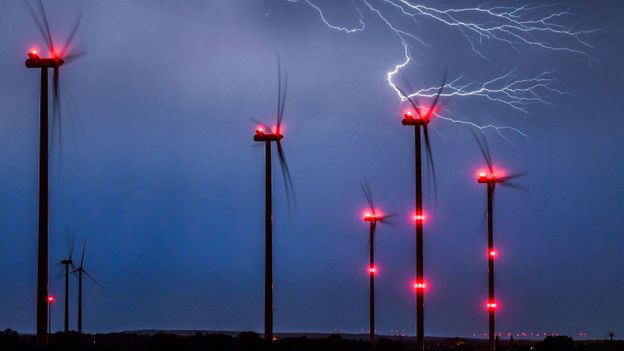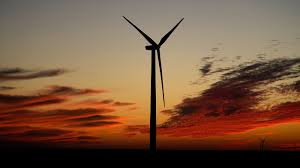The reality of wind turbines is complex and nuanced — they are neither perfect green heroes nor environmental villains. Whether they’re “horrible” depends on the perspective you take: ecological, economic, aesthetic, or social. Let’s break it down honestly:
🌬️ The Benefits of Wind Turbines
1. Clean, Renewable Energy
- Wind turbines generate electricity without emitting CO₂, making them a key part of the fight against climate change.
- They reduce dependence on fossil fuels, improving long-term energy sustainability.
2. Cost-Effective Over Time

- Once installed, wind power is one of the cheapest sources of electricity per kilowatt-hour.
- Operational costs are low compared to coal or gas plants.
3. Land Use Efficiency
- Turbines can be installed on farmland, allowing dual land use (e.g., farming + energy production).
- Offshore wind farms avoid competition for land altogether.
⚠️ The Drawbacks and Controversies
1. Visual and Noise Pollution
- Turbines are large (some as tall as skyscrapers) and visible for miles, which some communities find disruptive.
- Low-frequency noise and shadow flicker can be a nuisance to nearby residents.
2. Wildlife Impacts
- Bird and bat mortality is a real issue, especially during migration seasons.
- Proper siting and technology (like radar shutdowns) can reduce harm, but not eliminate it.
3. Resource-Intensive to Build
- Turbines require steel, concrete, rare earth elements, and significant fossil fuel use during manufacturing and installation.
- The carbon “payback” period is typically 6 months to 2 years — after which they are net carbon reducers for their 20–30 year lifespan.

4. Intermittent Power Source
- Wind is variable; turbines produce no energy when the wind isn’t blowing.
- Energy storage or grid balancing is required to maintain reliable power.
5. End-of-Life Waste
- Turbine blades are hard to recycle and often end up in landfills, though newer designs aim to be more recyclable.
- Decommissioning and site restoration can be costly if not planned for.
So… How Horrible Are They?
They’re not horrible — but they’re not flawless either.
Wind turbines are a crucial part of a broader clean energy mix, not a silver bullet. Their downsides are real, especially if projects are poorly sited or imposed on unwilling communities. But compared to coal or oil — which pollute air, water, and contribute to global warming — wind power is vastly more sustainable.
The real key is:
- Careful planning and siting
- Ongoing technology improvements
- Balanced integration with other energy sources and grid systems





